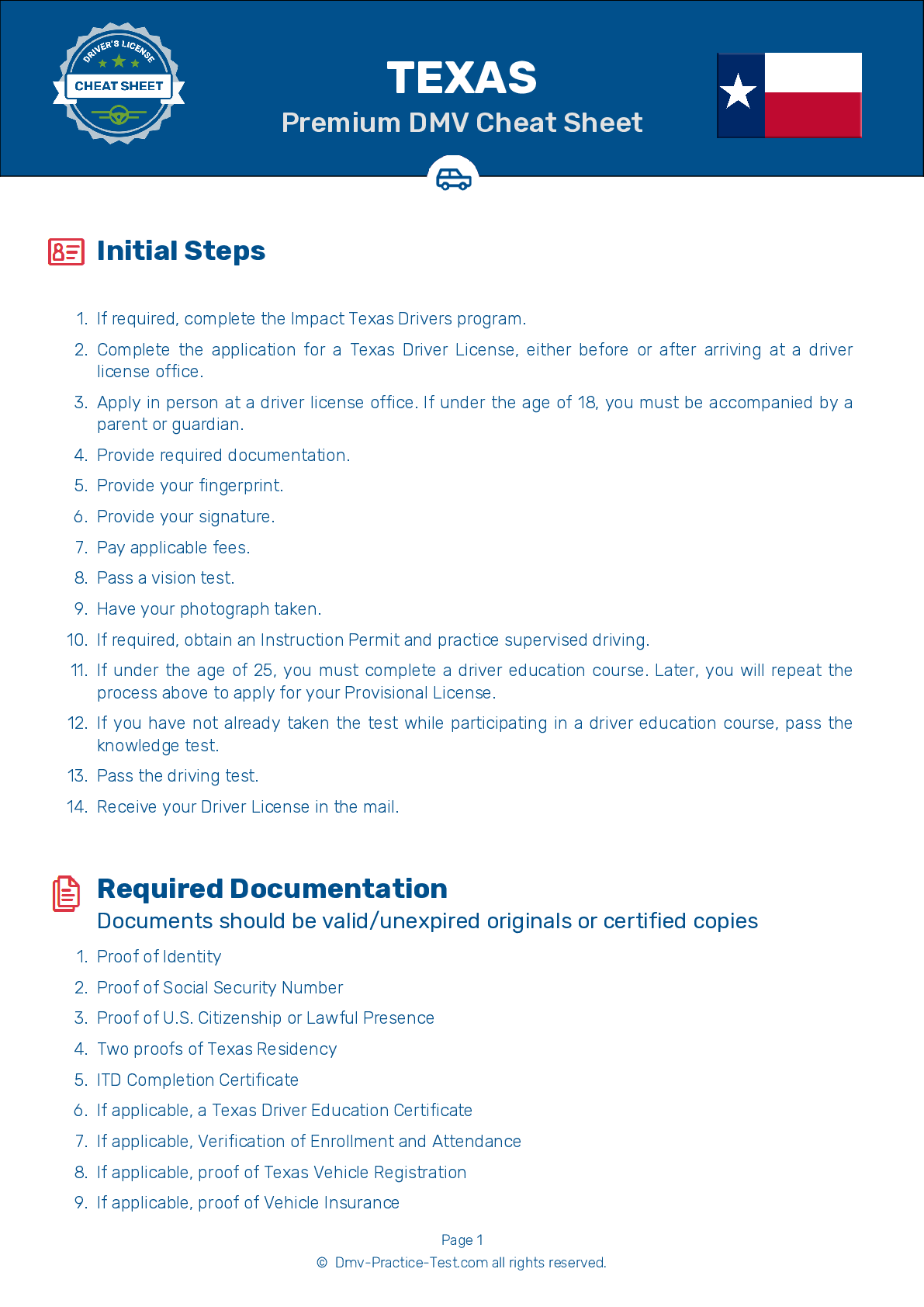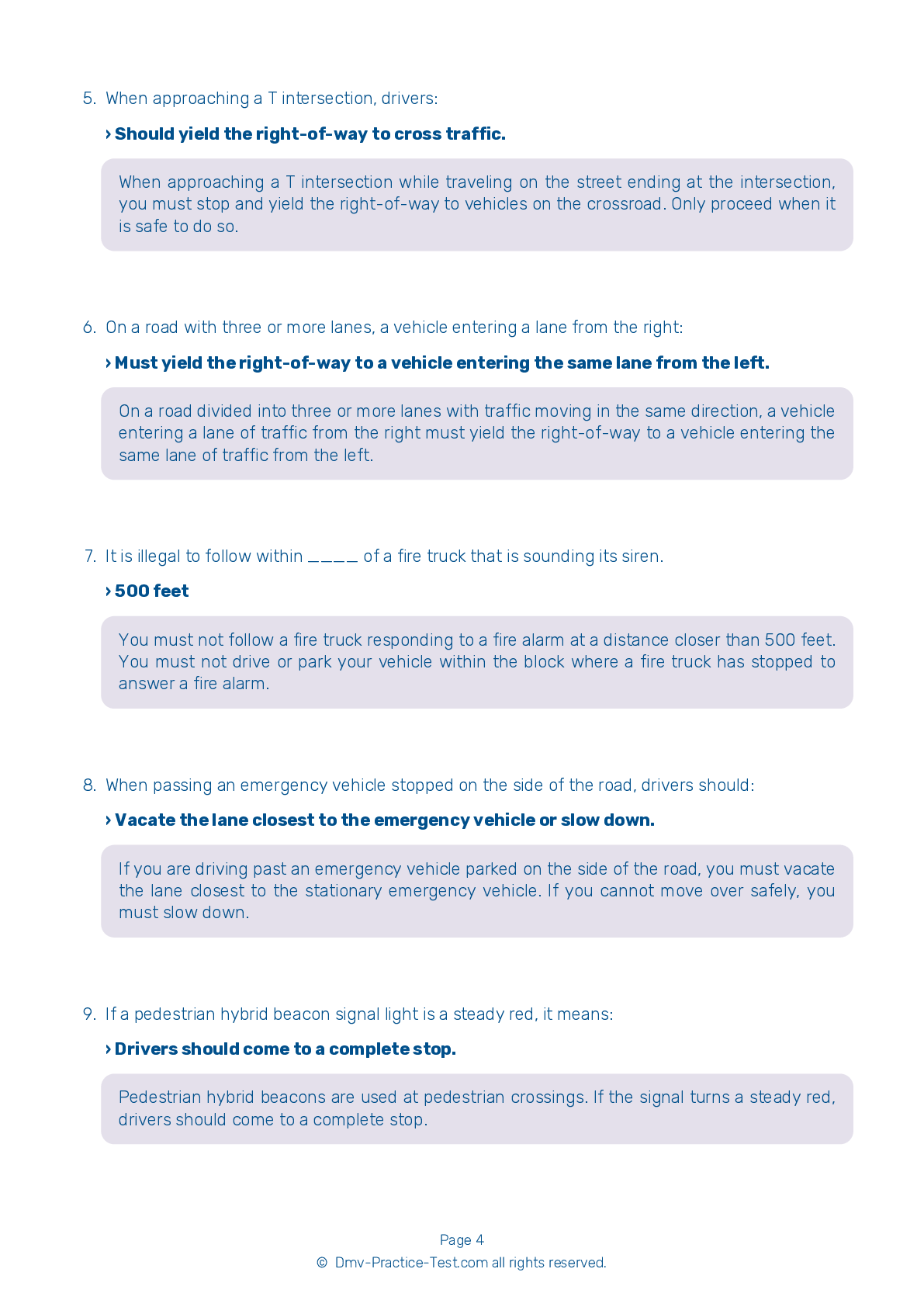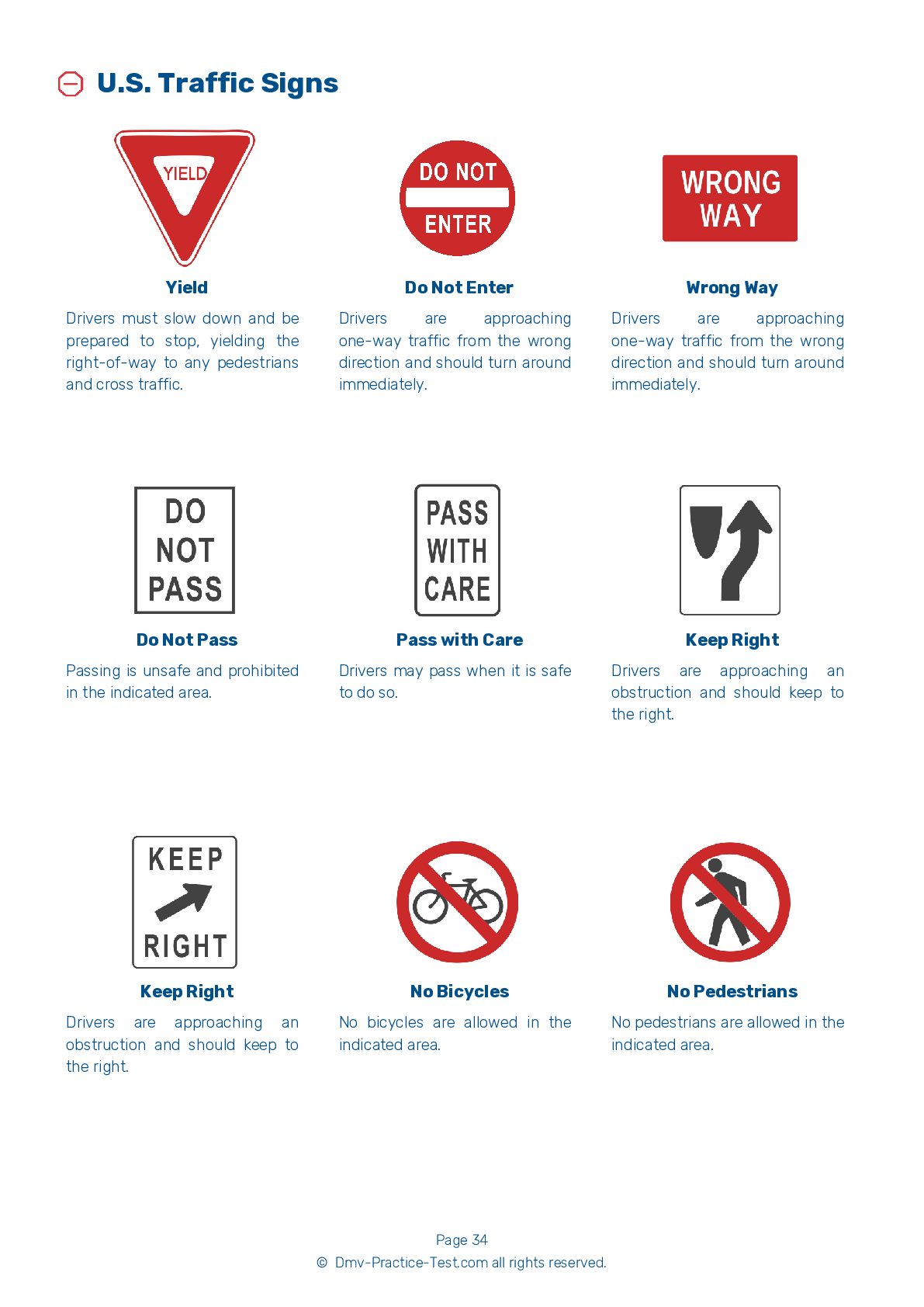FREE Texas DMV Practice Test #6
For January 2025, the Texas DMV practise exams have been revised. It comprises questions based on the most important traffic signals and laws for 2025 from the Texas Driver Handbook. To study for the DMV driving permit test and driver's licence exam, use actual questions that are very similar (often identical!) to the DMV driving permit test and driver's licence exam.
Each question on the practise exam has a tip and explanation to help you recall the ideas. Questions about traffic rules, traffic signs, and driving statutes, as well as knowledge from the Driver Handbook, will be included in the written portion of the official Texas DMV test.
You must properly answer 21 of the 30 questions to receive a passing mark. Use the Texas Department of Motor Vehicles' practise exam to help you prepare for your instruction permit or driver's licence.
The DMV exam is offered in a variety of languages.
Using any form of testing help will result in an automatic fail, and the DMV may take further action against your driver's licence, so avoid it.
1 . A bicyclist who doesn’t obey traffic laws:
All bicyclists have the same rights, duties, and responsibilities as drivers of motor vehicles. Motorists and bicyclists who do not obey traffic laws can be ticketed.
2 . If you are stopped by law enforcement while driving at night, you should:
If you are stopped by a police officer while you are driving, you should safely pull to the right side of the road, if possible, or to a well-lit area. Park your vehicle, turn off the engine, and turn on the hazard lights. If you have been pulled over at night, be sure to turn on the dome light inside of your car.
3 . If a pedestrian hybrid beacon signal light is a steady red, it means:
Pedestrian hybrid beacons are used at pedestrian crossings. If the signal turns a steady red, drivers should come to a complete stop.
4 . Which qualities are negatively affected by alcohol consumption?
Alcohol reduces all of the important skills needed to drive safely, such as judgment, reaction time, vision, ability to reason, and concentration. Alcohol absorbs into the lining of the stomach, passes directly into the bloodstream, and reaches your brain within minutes of consumption.
5 . A slow-moving vehicle emblem is:
The slow-moving vehicle symbol is a reflective orange triangle. Expect vehicles using this emblem to be driving at speeds of 25 mph or slower.
6 . Defensive drivers should:
Defensive driving is using safe driving strategies to prevent crashes. Defensive drivers should constantly be aware of their surroundings, be alert to trouble, and have plans of action prepared in case problems arise.
Need Car Insurance? No problem!
Compare the best rates in Texas and find a personalized policy that meets your needs.
1. Are You Currently insured ?
2. Married ?
3. Do you own your Home?
4. Do you have more than 1 car ?
5. Have you or a Family Member Honorably Served in U.S. Military ?
6. Your Name
7. Age
8. Zip code
IMPORTANT REMINDER:Auto Insurance is Mandatory to drive in Texas. Get covered before you hit the road to avoid any fines.
Ranked by best match



